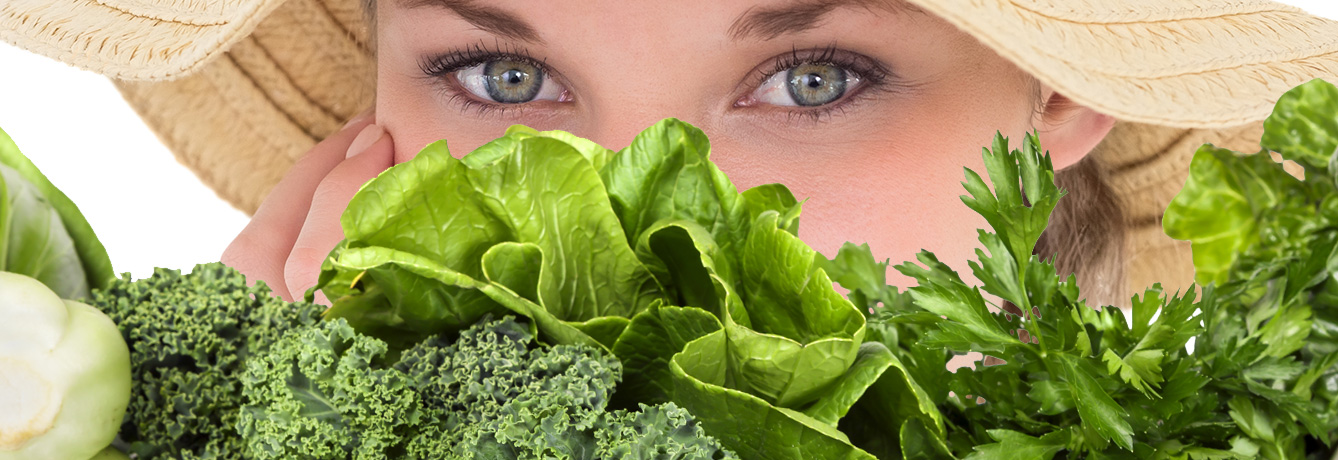Want peepers as powerful as Popeye’s? Then copy his daily dose of spinach, and you might put the kibosh on cataracts. Researchers from Brigham Young University analyzed dietary data for over 35,000 women to determine how intake levels of carotenoids like lutein and zeaxanthin affected cataract prevalence. Those who consumed the most — 6,700 micrograms/day — enjoyed an 18% lower risk of developing cataracts.
It’s relatively easy eating green, since 3/4 cup of cooked spinach — or any of the other leafies listed below — provides more than the highest amount of lutein/zeaxanthin intake in the study. Lutein and zeaxanthin are pigments that may help your eyes filter damaging light rays, and thus protect against macular degeneration, the leading cause of blindness in people over 65. These compounds along with vitamin A make the following greens all potentially supportive of eye health.
| Leafy Greens | Lutein/ Zeaxanthin (3/4 Cup Cooked) |
| Kale | 17,790mcg |
| Spinach | 15,266mcg |
| Collards | 10,964mcg |
| Turnip Greens | 9,115mcg |
| Dandelion Greens | 7,212mcg |
| Mustard Greens | 6,260mcg |
BONUS: Low-calorie leafy greens may help you fight obesity. After reviewing more than 20 studies, Israeli researchers found a consistently strong link between obesity and several eye diseases, including cataracts.
Published April 1, 2013



